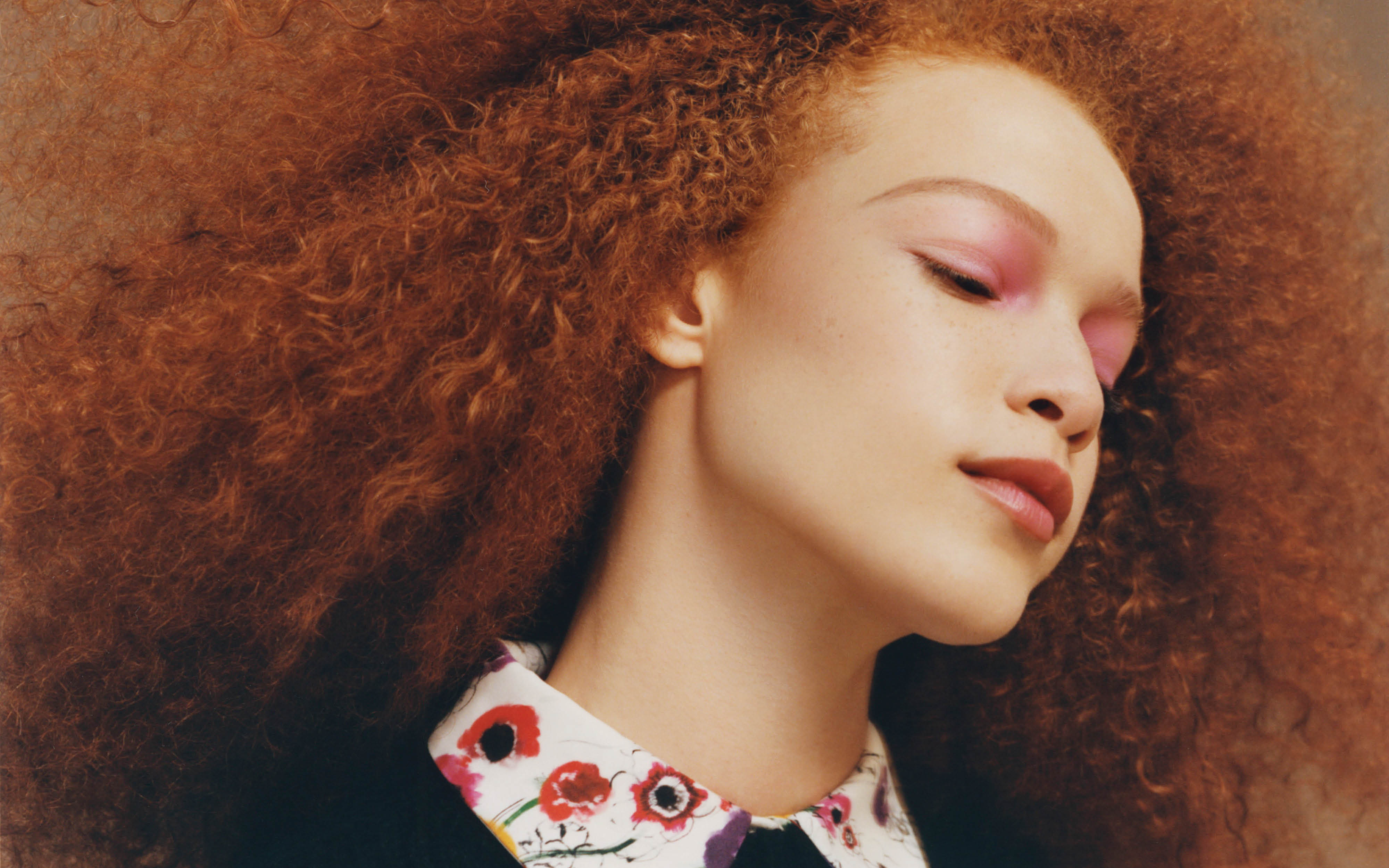
Photography by Jonathan Cohen
Welcome to Texture Talk, a column that deep dives into the dynamic world of curly hair, from crowns of curls that are free flowing to strands that are tucked away in a protective style.
Date September 16, 2022
If you’re blessed with natural waves, curls or coils, it’s important to know that top-notch definition begins once you step into the shower—not when you get out—and that the products you select dictate how well your hair will hold up throughout the week. We know that mastering a wash-and-go can take a lot of trial and error, so we’ve consulted two Canadian curly-hair specialists to help you craft a washing routine. Read on for their top tips, from techniques to product recommendations.
Deep cleanse
The key to a ridiculously good wash-and-go? Start with a clarifying shampoo to create a totally clean foundation stripped of all buildup. “I always emphasize clarifying because it strips the hair of any product, oils, debris or dead skin cells—things that could affect the scalp and hair and lead to excessive dryness and breakage,” says Maegan Berment, founder of and chief stylist at Crowned Melanin Beauty in Winnipeg. “Once you have clarified and removed any buildup, your hair is now ready to accept moisture back into it,” adds Shelly Guerin, owner of Honey Curly Hair Studio in Calgary, who recommends a clarifier free of stripping detergents (a.k.a. sulfates). And take your time. “Give your scalp some love and attention,” advises Guerin. “You shouldn’t just be doing a two-minute scrub and then not washing it again for a while.” As for frequency, using a clarifying shampoo every seven to 10 days or every two weeks is a pro-recommended rule of thumb—it just depends on lifestyle. “Someone who is constantly layering products should clarify once a week,” says Berment, adding that you can always follow up with a moisturizing shampoo if you are worried that the process will leave your hair too parched. And if you want to do a gentler cleanse in between the deeper ones, perhaps due to working out or having looser waves and curls that tend to get weighed down quickly, a moisturizing shampoo or cleansing conditioner will be your friend.
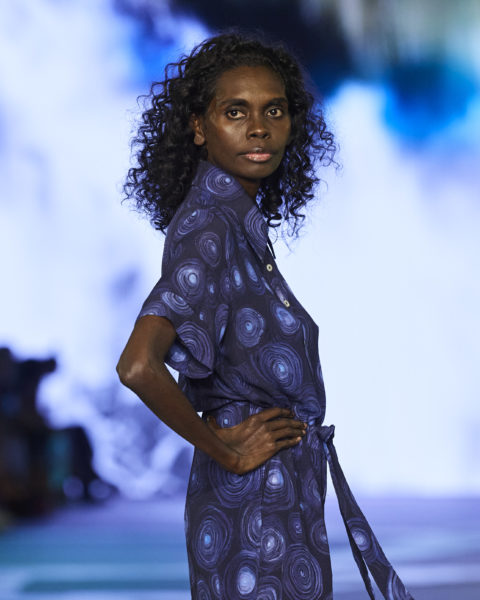 Kirrikin SS23 / Imaxtree
Kirrikin SS23 / Imaxtree
Condition and detangle
One important thing to remember is that curl definition loves hydration and hydration starts with water. “We forget that water is moisture,” says Guerin. “It’s definitely the most important ingredient that we should be factoring in.” This means making sure that your hair is sopping wet when you’re applying the next step: a deep conditioner. “This helps the conditioner travel through the hair cuticles, which will result in less tension when it comes to detangling,” adds Berment. “Water also helps you avoid overusing product.” Once your hair is coated with conditioner, diligent detangling can begin. “I alternate between using my hands and a Denman brush or wide-toothed comb,” says Berment, who sections clients’ hair with clips during the process, especially those with thick locks. “I’ll go in with my fingers and pull apart any single-strand knots.” Once hair is knot-free (note: detangling to the roots will aid in elongating your curls), let your deep conditioner sit for a bit to help hair retain as much moisture as possible before rinsing it thoroughly. Afterwards, it’s time for a leave-in. “A leave-in conditioner seals in all the moisture from your conditioning and detangling and also keeps hair soft for styling,” notes Berment.
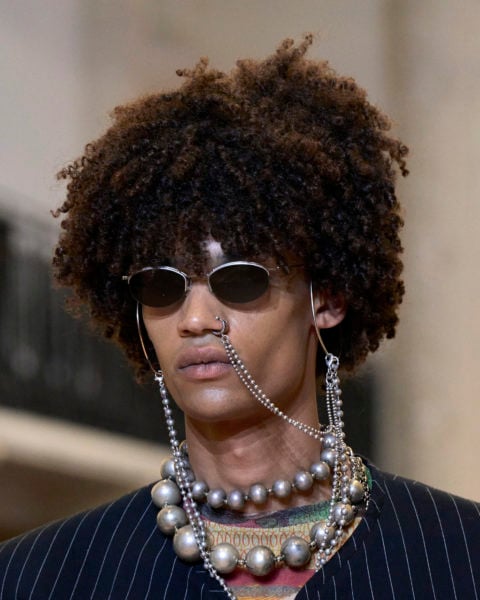 Jean Paul Gaultier FW22 / Imaxtree
Jean Paul Gaultier FW22 / Imaxtree
Style
Depending on your curl pattern, your mileage from curl-defining products and techniques may vary, meaning there may be more steps needed. Both hairstylists recommend a water-based gel layered over your leave-in conditioner for amplifying springy curls and coils (“Tighter curls tend to have more moisture needs, and gels retain the most,” says Guerin) and a lightweight volumizing foam or mousse for looser curl patterns, which are prone to being weighed down. Again, don’t underestimate the importance of water: “Work in small sections, and rake your product through super-wet hair with either your fingers or a hair tool, like a Denman brush,” says Berment. (Tip: Keep your stylers in your shower so you can easily add more water as you go.) If your hair is especially dry or you live in a dry climate, Berment suggests taking the extra step of adding an oil-based topper (particularly if you have thick, tighter textures). For example, a moisturizing curl cream will help stop water from evaporating. And on the subject of tightly wound hair: It can sometimes clump together and seem undefined, which means a regular finger-raking process might not cut it. Other tried-and-true techniques? Shingling (applying a curl product through each curl to separate and smooth), finger coiling (twirling small sections of hair with a curl definer using your fingers) and two-strand twists (separating mini sections of product-coated hair into two pieces and wrapping them around each other as tightly as possible; hair is unravelled once it’s fully dry). Time-consuming, yes. But the results are beyond.
 Casablanca SS23 / Imaxtree
Casablanca SS23 / Imaxtree
Dry
Guerin and Berment recommend using a hood dryer. The dome-shaped tool’s controlled heat reduces overall drying time and won’t blow hair around, allowing defined curls to set very quickly for a polished final look. There are many compact, portable options on the market, but if that’s not feasible, simply air-drying or using a diffuser attachment will do the job. And don’t touch. “Let your hair completely dry so you don’t disturb the curl pattern—you’ll get more longevity,” says Berment.
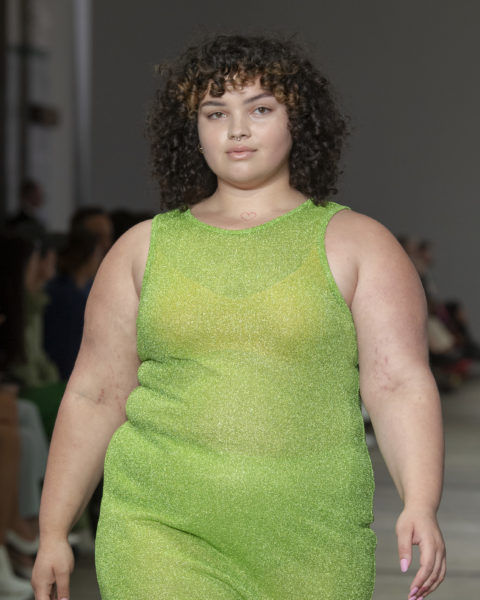 Gary Bigeni SS23 / Imaxtree
Gary Bigeni SS23 / Imaxtree
Extend
A good wash-and-go can take some time, so it’s helpful to know how to make your style last until the next washday comes around. Wearing a silk or satin bonnet at night will protect your mane from frizz-inducing friction while you sleep. It also helps retain moisture in the hair, notes Guerin. If your curls look a bit crushed come morning, reach for a fine-mist spray bottle filled with water or water mixed with a light conditioner for a quick refresh. (Berment personally loves cocktailing water and hydrating rosewater.) “Don’t oversaturate the hair,” she advises. “Just dampen it enough to make it flexible again.”
Reset, moisturize and style
This curated list of hair products and tools will help you master your next wash-‘n’-go.
LUS
Scalp Scrubber
($20, LUS)
DevaCurl
Frizz-Fighting Volumizing Foam
($38, Chatters)
Conair
Pro Style Bonnet Dryer
($159, Amazon)
Pattern by Tracee Ellis Ross
Segbeauty
Hair Spray Bottle
($19, Amazon)
This article first appeared in FASHION’s October issue. Find out more here.








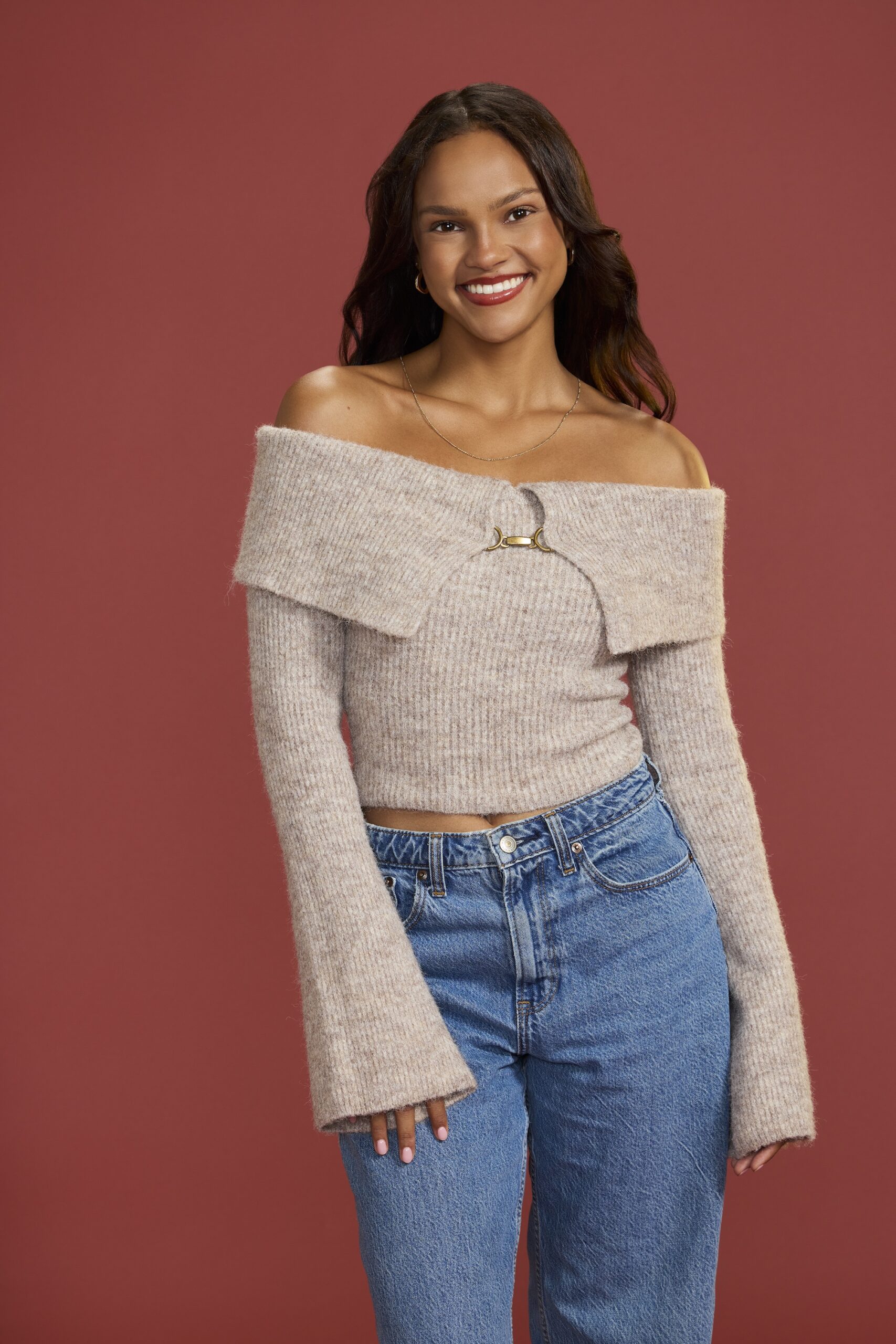







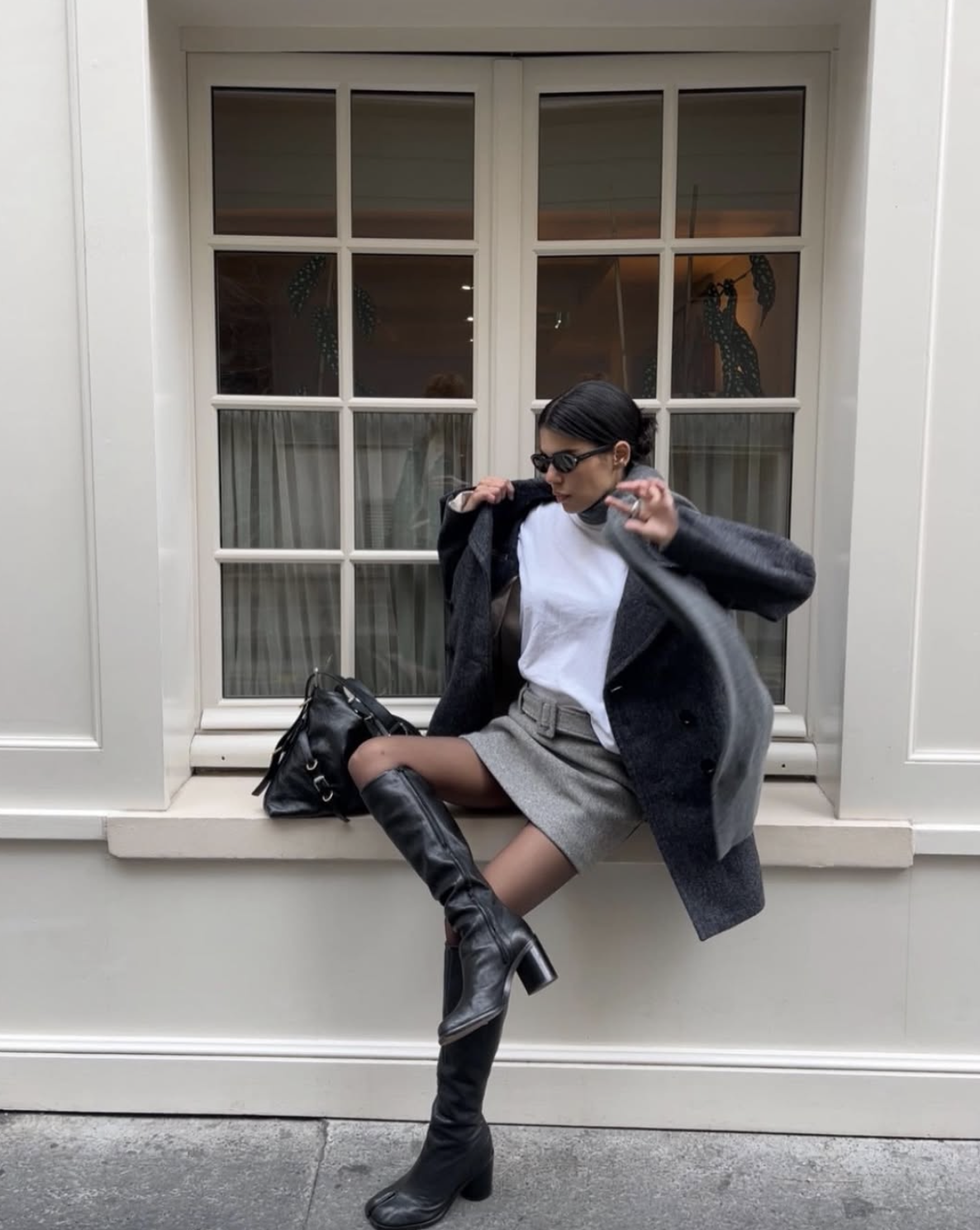

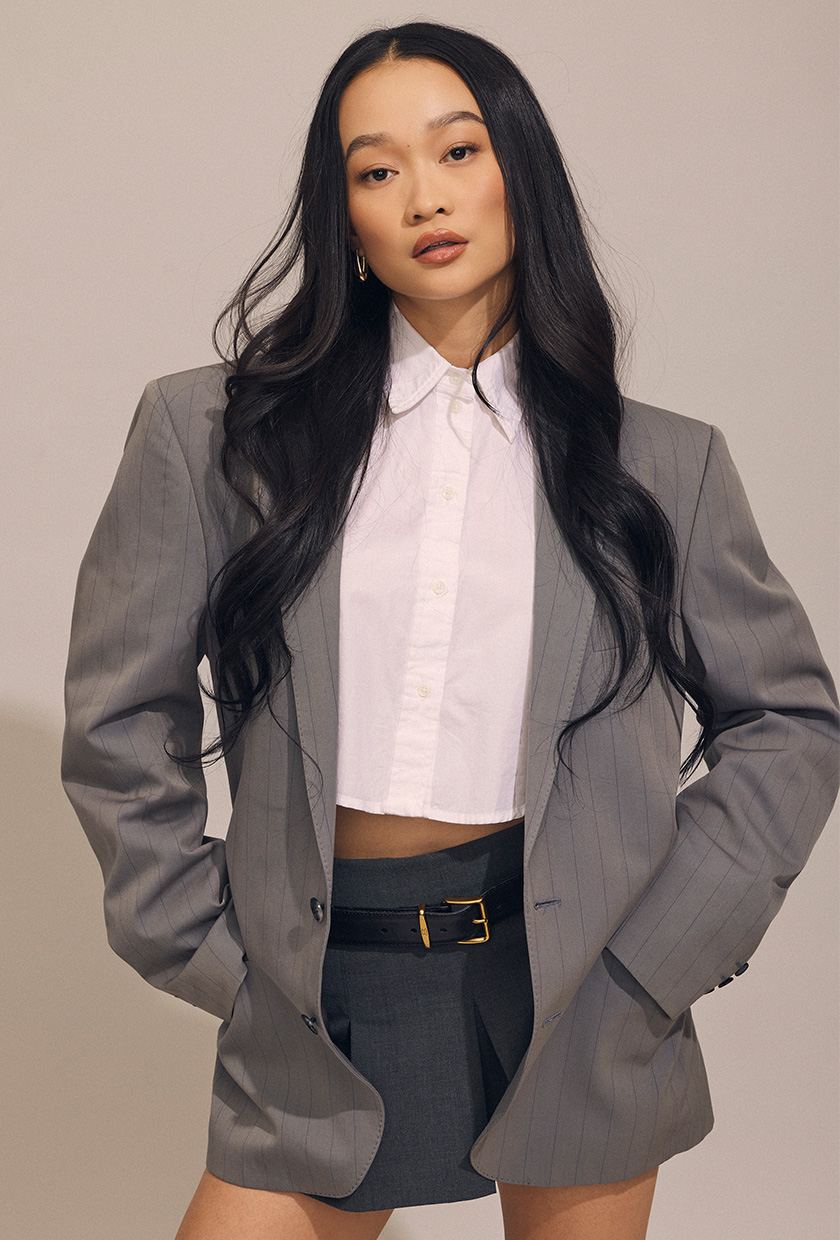





![Dax – “Soldier” (Feat. Tom MacDonald) [Official Video] Dax – “Soldier” (Feat. Tom MacDonald) [Official Video]](https://i.ytimg.com/vi/PYQqe27R2L0/hqdefault.jpg)